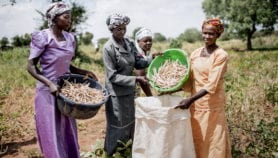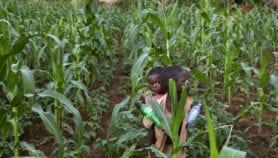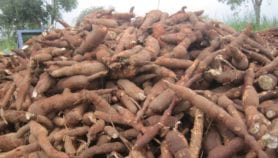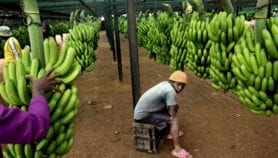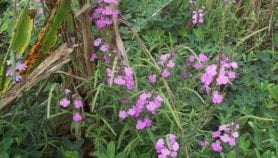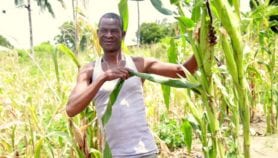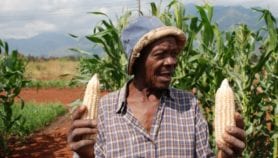发送to a friend
您在此页面上提供的详细信息不会用于发送未经请求的电子邮件,并且不会销售给第三方。请参阅隐私政策。
Degraded land in western Tanzania is gradually being reclaimed — two decades after work began to rehabilitate the declining ecosystems.
一旦蓬勃发展和多样化的林地环境,西坦桑尼亚都支持当地社区的生计而毫无困难地beplay足球体育的微博支持当地社区的生计。
But policies implemented in the 1920s to convert the rich woodland areas into agricultural land led to overgrazing, and by the 1980s there was concern that the damage was irreversible.
Fortunately, these concerns have been proved wrong with the work of an award-winning regional development programme known as HASHI. Scientists working on the programme identified and implemented several traditional land management techniques to stabilise the area.
The most successful of these has been the use of the Ngitili system.Ngitili requires large areas of land to be left fallow, leaving vegetation to be nurtured over the rainy season. This ensures that there is adequate feed available for the animals during the drier months.
Economists estimate that more than 800 villages in western Tanzania are now using variations of the Ngitili system and, consequently, a positive impact on local incomes has been seen.


